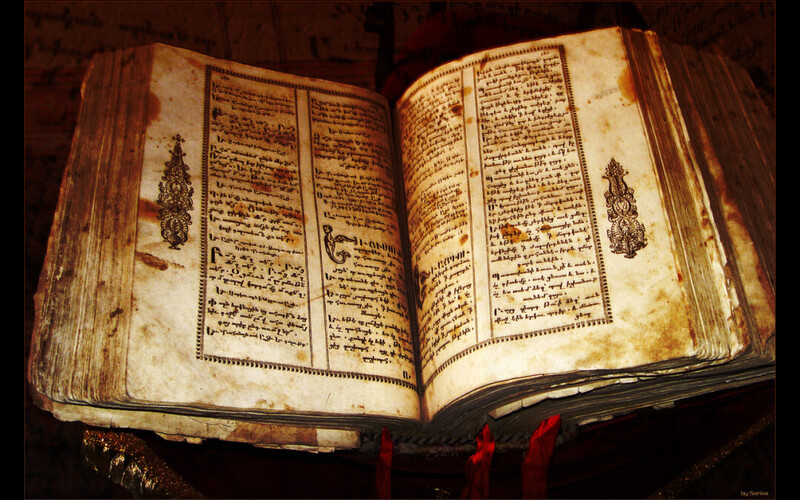
The Corpus Hermeticum is a collection of spiritual texts attributed to the legendary Hermes Trismegistus that expand on the teaching contained in the Emerald Tablet.
The Corpus Hermeticum feature dialogues between Hermes Trismegistus and his teachers, son, and disciples. The collection includes 17 short texts, some of which are fragmentary and which probably were not originally together. The nucleus of them, 14 treatises written in Greek, were brought to attention in 1460 when a monk named Leonardo of Pistoia brought them to Florence. Leonardo had been dispatched by Florence’s ruler, Cosimo de’ Medici, to hunt for forgotten ancient writings. Leonardo’s discovery was greeted with great attention, for Hermes, identified with the Egyptian god Thoth, was considered to be older than Plato and Moses. The scholar Marsilio Ficino was assigned the task of translating them into Latin. His edition of the 14 texts was published in 1471. Later manuscripts by others added other texts.
For more than a century, the Corpus was held in high regard by scholars. It was taken for granted that the texts were ancient Egyptian wisdom written by the real Hermes who either instructed Moses or was instructed by him. The Corpus was so impressive that in 1481 a large figure of Hermes Trismegistus instructing men from both the West and the East was inscribed on the pavement of Siena Cathedral.
The first book, called Poimandres to Hermes Trismegistus, is a dialogue between Hermes and his teacher “Poimandres, the Nous [the invisible good, mind, imagination, or intuition] of the Supreme.” Another teacher is Agathos Daimon, featured in book 12. In 13 books, Hermes teaches Asclepius, the Greek god of healing, and his own son Tat. In two books, 16 and 17, Asclepius and Tat are the teachers.
The fundamental principle of the Corpus is that there is an underlying unity to all things. The individual is the same as the Supreme. Man is made like God of life and light, and his destiny is ruled by the planetary administrators. When man was revealed to Nature, she fell in love with him and persuaded him to live on Earth. Through the spiritual path of gnosis (knowledge), man learns to apprehend God and thus himself, and he rises above all time and becomes eternal.
The Corpus Hermeticum works actually date to between the first and third centuries c.e. They were produced in Alexandria—then under Roman rule—and reflect the syncretism of the times of Egyptian, Greek, Roman, Jewish, Christian, and Gnostic thought. Most likely they were authored by several anonymous persons in succession. Even though not as old as purported, the texts reflect ancient wisdom.
In the early 17th century, the alleged antiquity and authorship of the Corpus were discredited. Isaac Casaubon, a Calvinist from Geneva, Switzerland, sought to prove that the Corpus were based on Platonic and biblical sources. In 1614 he disclosed the true dates of authorship of the texts and said that they were forgeries written by “semi-Christians.” The prestige and authority of the Corpus were effectively eclipsed, and the works slipped into obscurity. They were kept alive in secret societies such as the Freemasons and the Rosicrucians. When the Nag Hammadi texts were found in Egypt in 1945, interest in Hermetic writings was revived: it continues to the present.
SEE ALSO:
FURTHER READING:
- Hall, Manly P. The Secret Teachings of All Ages. 1928. Reprint, Los Angeles: The Philosophic Research Society, 1977.
- Hauck, Dennis William. The Emerald Tablet: Alchemy for Personal Transformation. New York: Penguin/Arkana, 1999.
- The Way of Hermes: New Translations of The Corpus Hermeticum and The Definitions of Hermes Trismegistus to Asclepius. Rochester, Vt.: Inner Traditions, 2000.
SOURCE:
The Encyclopedia of Magic and Alchemy Written by Rosemary Ellen Guiley Copyright © 2006 by Visionary Living, Inc.